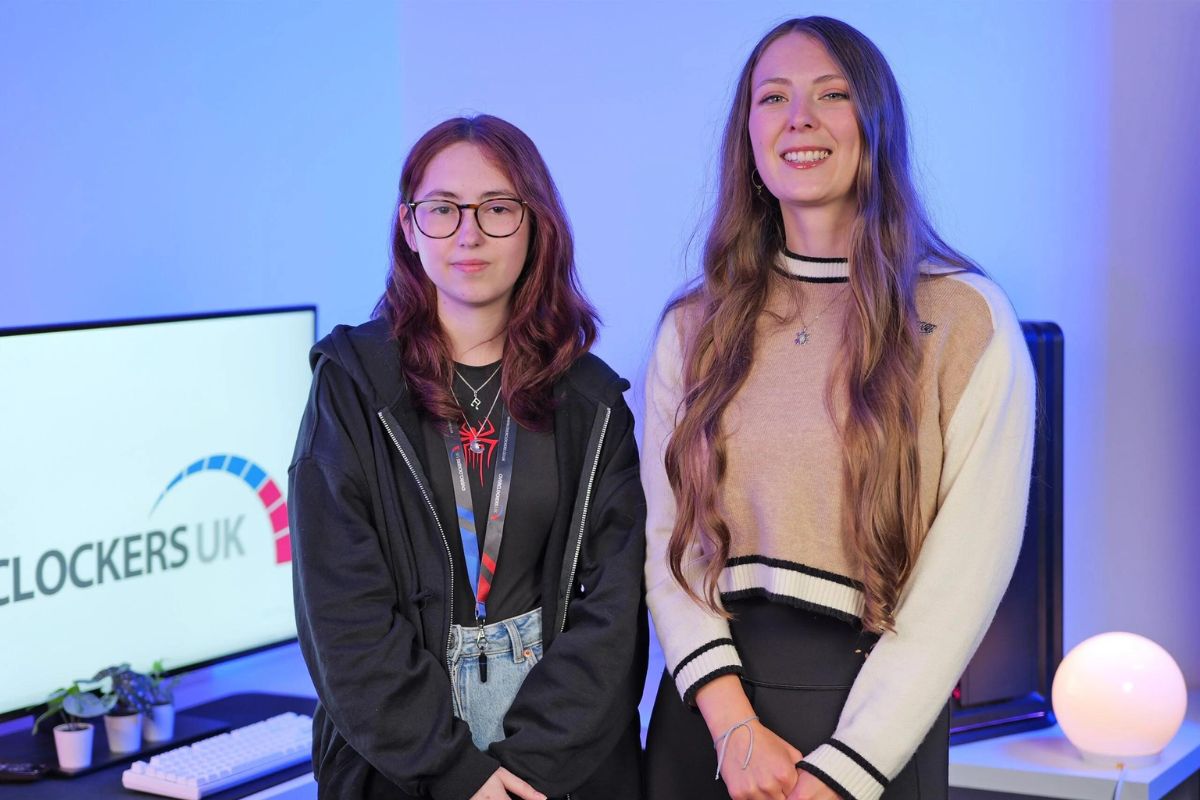Are on-campus food banks the new staple?

HEPI’s latest report on how institutions are responding to the cost-of-living crisis showcases sobering statistics: more than a quarter of universities (27%) have a food bank, including one-third (33%) of Russell Group universities and nearly two-thirds (63%) of universities in Wales. One-in-ten (11%) also distributes food vouchers.
Sadly this comes as little surprise, TechnologyOne’s research[1] earlier this year showed seven in ten students had considered dropping out of university since the start of their degree, with nearly two-fifths of those giving the rising cost of living as the main reason.
Sixty-nine per cent of all students admitted to adjusting their spending because of the rising cost of living. Half of students reported having to cut back on eating out and nights out (54% and 50%), more than a third cutting back on heating (36%), while another third reducing their spending on basic groceries.
And for the first time in its history, HEPI & Advance HE’s annual Student Academic Experience Survey reported there were now more students in paid employment (55%) than not (45%). Our own data corroborates this, with our survey showing a majority of students now have a full or part-time job to fund their “basic lifestyle” at university and afford their rent, utilities and food.
In this context, the rise of food banks and food vouchers seems inevitable. Universities have a duty of care to their students to ensure they succeed, not just academically. Student attrition is also a threat to a university’s pre-committed revenue. The economics of investing in students’ engagement and wellbeing add up.
But measuring wellbeing is complex and must be done on multiple levels. How many terms is the student enrolled for, have they transferred to another program, have they been given an academic warning for failing grades, have they sought other support services, are they enrolled fully online? Measuring how many students are seeking support from the foodbank is just one dimension.
Likewise, predicting student attrition requires analysing multiple data sources but unfortunately, a university’s financial, enrolment and student management datasets are rarely connected. Such information is captured in disparate software systems. This departmental, siloed approach is failing students. Multiple systems stuck together with gaffer tape and chewing gum create barriers that limit a university’s ability to spot patterns or behaviours that, if caught early, could change the trajectory for a student.
The ability to proactively spot potential problems could be a gamechanger for universities. Specific activities such as missing classes or failing to turn in assignments are clear indicators of potential issues, but no university has enough staff on hand to keep watch on every student and every behaviour.
Progressive organisations recognise that digital transformation plays an important part in this conundrum. Smart solutions can better support the administrative and pastoral needs of universities and their students. Our Software-as-Service solution for example provides higher education leaders with real-time, holistic data-driven insights.
We know that investing in smart technology and analysing the right timely data can be transformative in helping universities identify and intervene when students are struggling academically, financially and emotionally, and ultimately helping them stay the course.
Recent years have been turbulent in universities and higher education and the sector has responded pragmatically and remained competitive, but now is the time for our universities to embrace innovative technologies to deliver an exemplary student experience.
By Leo Hanna, Executive Vice President at TechnologyOne
[1] On behalf of TechnologyOne, Opinium surveyed a representative sample of more than 1,000 university students across the UK between 16th December 2022 – 3rd January 2023.
This article originally appeared on the HEPI blog.











Responses